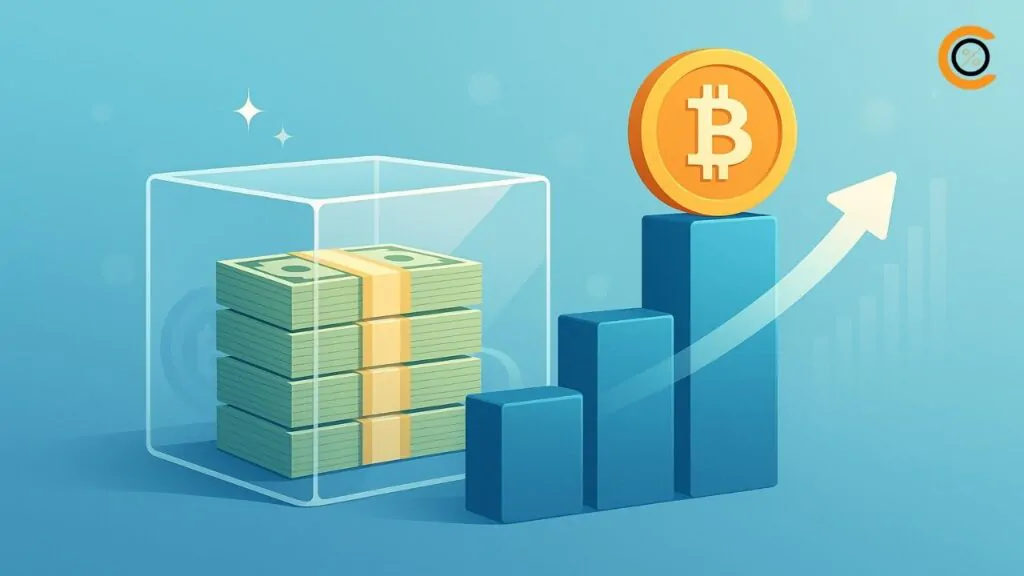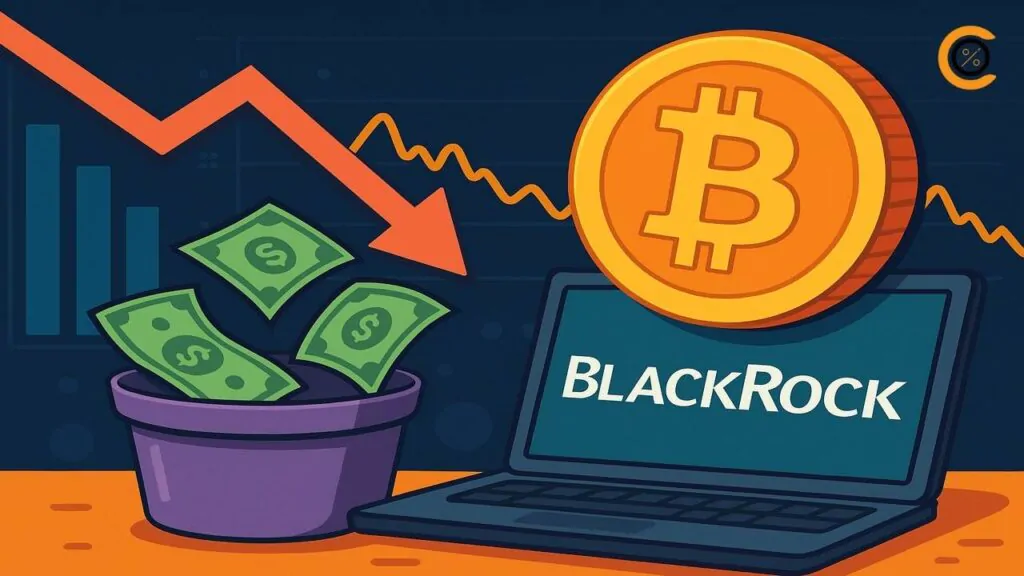• Global banks, including Goldman Sachs, Bank of America, and Deutsche Bank, are exploring stablecoins tied to G7 currencies.
• The initiative aims to combine blockchain efficiency with full compliance and risk management standards of traditional finance.
• Growing stablecoin experiments worldwide reflect the spread of digital money from global to state-level banking systems.
Global banks are collaborating to issue stablecoins tied to the currencies of the Group of Seven (G7) countries. The partnership marks a significant step by traditional finance into blockchain-powered transactions. The project aims to transform cross-border transactions and strengthen the link between Global banking and digital currency.
Global Banks Unite to Explore G7-Backed Digital Money
A coalition of the world’s largest banks is collaborating on a project to explore the creation of digital money pegged to the currencies of the G7 countries, according to a report from Reuters. The move marks one of the most coordinated efforts by traditional finance to enter the fast-growing stablecoin market.
Goldman Sachs, Bank of America, Deutsche Bank, BNP Paribas, Citi, UBS, Santander, MUFG, TD Bank, and Barclays are part of the consortium investigating the issuance of blockchain-based assets backed one-to-one by their fiat counterparts. The group said it is studying whether this form of digital money could enhance competition, improve payment efficiency, and extend the benefits of blockchain to the global banking system.
The project remains in its early stages but reflects the growing momentum among established financial institutions to develop compliant digital assets. Participants reportedly confirmed that they are in active discussions with regulators and supervisors across key markets to ensure the proposed digital currencies meet international standards of risk management and financial oversight.
This collaboration aims to assess the potential of issuing blockchain-based assets pegged one-to-one with major fiat currencies. Their goal is to determine whether such a shared digital money system could deliver the benefits of blockchain, improve market efficiency, and foster fair competition while maintaining full regulatory compliance and robust risk management practices.
Stablecoin Adoption Expands Across Continents and States
The initiative comes at a time when stablecoins are drawing renewed interest from both the private and public sectors. These tokens, typically pegged to fiat currencies such as the US dollar or euro, are being viewed by banks as a potential alternative to conventional payment rails.
Across the financial landscape, the exploration of stablecoins is gaining traction from the global level down to state initiatives. Alongside the G7-focused consortium, nine European banks, including ING and UniCredit, had previously announced plans to issue a euro-backed stablecoin to strengthen Europe’s presence in digital finance.
In the US, major lenders such as JPMorgan Chase, Citigroup, and Wells Fargo are in talks to launch a joint stablecoin following the introduction of new federal legislation. Even at the state level, the Bank of North Dakota is preparing to test its Roughrider coin, signaling how digital money experimentation is expanding from multinational institutions to regional banking systems.
Over the past months, Several influential financial firms have intensified their exploration of blockchain. JPMorgan launched a pilot for its dollar deposit token in June, while HSBC rolled out a tokenized deposit service purposed to simplify cross-border transactions. The Bank of New York Mellon is also testing tokenized deposits that mirror commercial bank balances.
Institutional Regulations Drive Increased Crypto Adoption
The current wave of experimentation follows a series of regulatory advances in the United States and the European Union that have provided clearer frameworks for digital asset operations. These rules have encouraged banks to pursue blockchain technology solutions while ensuring compliance with anti-money laundering and consumer protection standards.
If successful, the initiative could redefine how global currencies move through the financial system and position traditional banks as central players in the digital money era.







